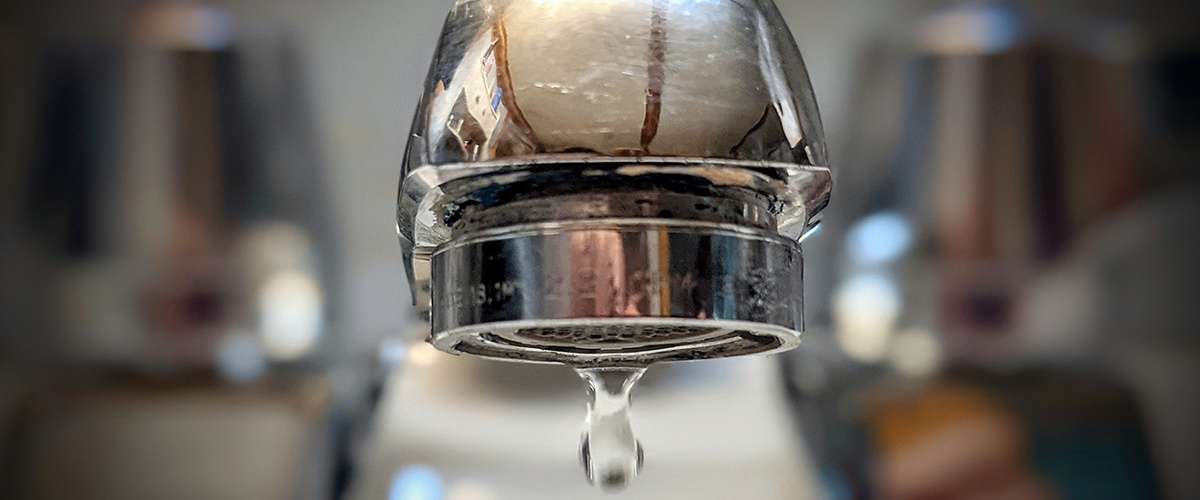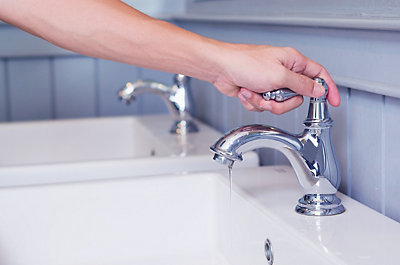We have uncovered this great article involving Why Is It Important To Fix Your Leaking Tap/Faucet? below on the web and concluded it made good sense to talk about it with you in this article.

Leaking taps might look like a minor trouble, but their effect surpasses just the nuisance of the audio. From wasting water to incurring unneeded financial costs and health and wellness threats, ignoring a dripping faucet can result in numerous effects. In this write-up, we'll delve into why it's essential to address this typical household issue quickly and efficiently.
Wastage of Water
Environmental Impact
Dripping faucets contribute significantly to water wastage. According to the Epa (EPA), a solitary faucet dripping at one drip per secondly can throw away more than 3,000 gallons of water annually. This not only strains water sources yet likewise affects ecosystems and wild animals dependent on them.
Financial Prices
Enhanced Water Bills
Past the environmental influence, leaking faucets can blow up water expenses substantially. The collected wastage with time translates into higher energy expenses, which can have been avoided with prompt repairs.
Prospective Residential Property Damage
Furthermore, long term dripping can result in harm to components and surfaces bordering the tap. Water accumulation can cause staining, rust, and also architectural issues if left ignored, leading to added fixing prices.
Health Concerns
Mold and Mold Development
The constant existence of wetness from a leaking faucet creates an optimal atmosphere for mold and mildew growth. These fungi not just jeopardize indoor air quality but additionally present health and wellness risks, particularly for people with breathing conditions or allergies.
Waterborne Diseases
Stationary water in leaking faucets can end up being a breeding ground for microorganisms and various other virus, enhancing the threat of waterborne illness. Pollutants such as Legionella microorganisms flourish in stationary water, potentially bring about major ailments when ingested or inhaled.
DIY vs. Specialist Repair work
Pros and Cons of DIY Repair Service
While some might attempt to take care of a trickling faucet themselves, DIY repair work come with their very own set of difficulties. Without correct understanding and devices, do it yourself efforts can aggravate the issue or result in insufficient repairs, prolonging the problem.
Benefits of Hiring a Professional Plumber
Working with a specialist plumber makes sure that the underlying root cause of the leaking faucet is dealt with efficiently. Plumbings have the know-how and devices to diagnose and fix tap problems efficiently, conserving time and decreasing the danger of further damages.
Step-by-Step Guide to Fixing a Dripping Tap
Tools Called for
Prior to attempting to deal with a leaking tap, gather the necessary devices, including a flexible wrench, screwdrivers, replacement components (such as washers or cartridges), and plumber's tape.
Typical Tap Issues and Their Solutions
Determine the sort of tap and the specific problem creating the drip. Common issues consist of damaged washers, rusty valve seats, or defective O-rings. Describe supplier instructions or on the internet tutorials for detailed advice on repair work.
Safety nets
Regular Upkeep Tips
To stop leaking faucets, carry out routine maintenance such as cleaning up aerators, inspecting for leakages, and replacing damaged components immediately. In addition, consider installing water-saving devices or upgrading to much more effective fixtures.
Significance of Prompt Repair Works
Dealing with leaking faucets as quickly as they're seen stops additional water wastage and potential damages, eventually conserving both water and cash in the long run.
Effect On Residential Or Commercial Property Value
Assumption of Well-Maintained Building
Preserving a residential property in good condition, including resolving maintenance concerns like dripping taps, improves its regarded value and charm among prospective customers or renters.
Impact on Resale Value
Features with well-maintained plumbing fixtures, consisting of taps, command higher resale values in the realty market. Addressing leaking faucets can add to a favorable impact during residential or commercial property assessments and arrangements.
Environmental Responsibility
Individual Contribution to Conservation
Taking responsibility for repairing dripping faucets lines up with wider efforts toward water conservation and environmental sustainability. Every person's actions collectively make a significant effect on preserving valuable resources.
Sustainable Living Practices
By focusing on timely repair work and taking on water-saving routines, individuals add to sustainable living practices that profit both present and future generations.
Verdict
Addressing a trickling faucet surpasses mere ease; it's a necessary step towards conserving water, reducing economic costs, and guarding health and building. Whether through do it yourself repairs or specialist support, doing something about it to fix leaking taps is a tiny yet impactful way to promote liable stewardship of resources and add to a much healthier, much more sustainable future.
Most Common Reasons for a Leaky Faucet and How to Stop the Drip
Whether it’s your kitchen faucet leaking or a bathroom faucet leaking, one leaky faucet can waste anywhere from three to 30 gallons of water every single day. If the constant drip-drip-drip doesn’t get your attention, your water bill will. The good news is that, by following a few simple steps, chances are pretty good you can fix the problem yourself.
Why is it dripping?
Before you start taking things apart, let’s break down some of the most common causes of a leaky faucet.
Bad O-ring.
A cartridge is a valve that controls the flow of water into the faucet spout. On cartridge faucets there’s an O-ring—the little disc attached to the stem screw that holds the faucet handle in place. If it’s loose or worn-out, it can cause your sink handle to leak. Of course, the cartridge itself could be worn out. If that’s the case, make sure you replace it with the exact same kind.
Corroded valve seat.
The valve seat connects the faucet and the spout. If the leak seems to be coming from the spout, it might be because a buildup of water sediment has corroded the valve seat.
Worn-out washers or seals.
A leaky spout could be caused by a bad washer that rests against the valve seat. It’s just a matter of time before friction takes its toll. It could also be the wrong size washer or one that’s been installed incorrectly. Water sediments can also corrode inlet and outlet seals.
Water pressure.
If the faucet only drips now and then, or when you turn the handles a certain way, you should probably check your home’s water pressure.
Loose or broken parts.
The adjusting ring and packing nuts in the stream screw can become loose over time, causing your sink handle to leak. Try tightening or replacing the packing nut. If the leak is coming from the pipes underneath the sink, you probably have a broken pipe or fitting. If that’s the case, you should definitely call a plumber.
Know your faucet.
Faucets come in a variety of types. Each one has its own assembly—and its own possible causes of leaks. Learning about the four most common kinds of faucets will help you know how to take them apart and make any repairs.
How to stop a leaky faucet
Fixing that leaky faucet doesn’t have to take a lot of time, money, or expertise. It’s usually a simple matter of replacing a worn-out washer or gasket, a loose O ring, or another part. Chances are really good you can do this yourself if you follow these simple steps.
Shut off the water.
Before you tackle the faucet, cut off the water supply to the sink. There should be one valve for hot and one for cold. Hand-turn them clockwise with your hands till they close. If there are no valves under the sink, head to the basement and shut off the main water supply to the house. Then turn on the faucet until it empties out the water that’s still in the line and you’re ready to start. It’s a good idea to cover the sink drain with a plug or a rag so you don’t lose any small pieces and parts while you’re working.

As a fervent reader on 4 Common Reasons for a Leaky Faucet, I think sharing that excerpt was essential. Sharing is nice. Helping others is fun. Thanks a lot for going through it.